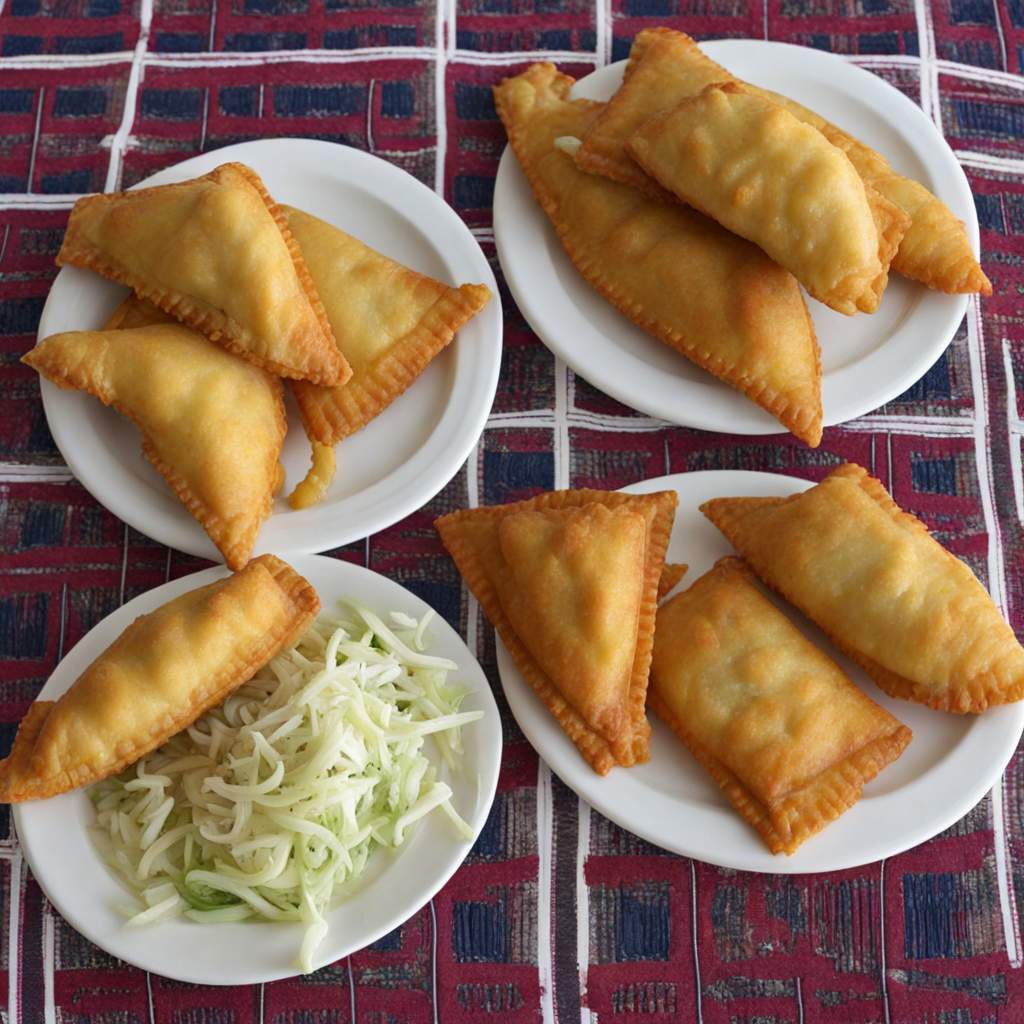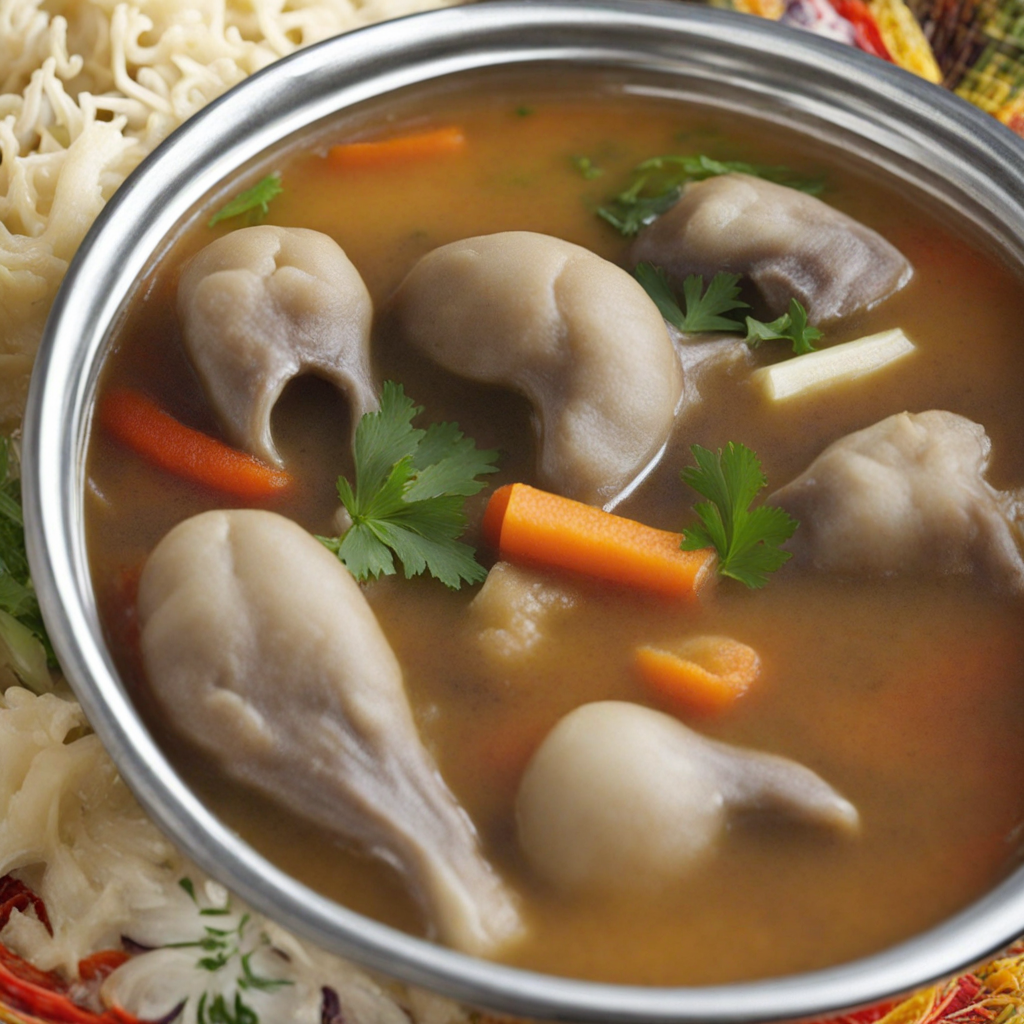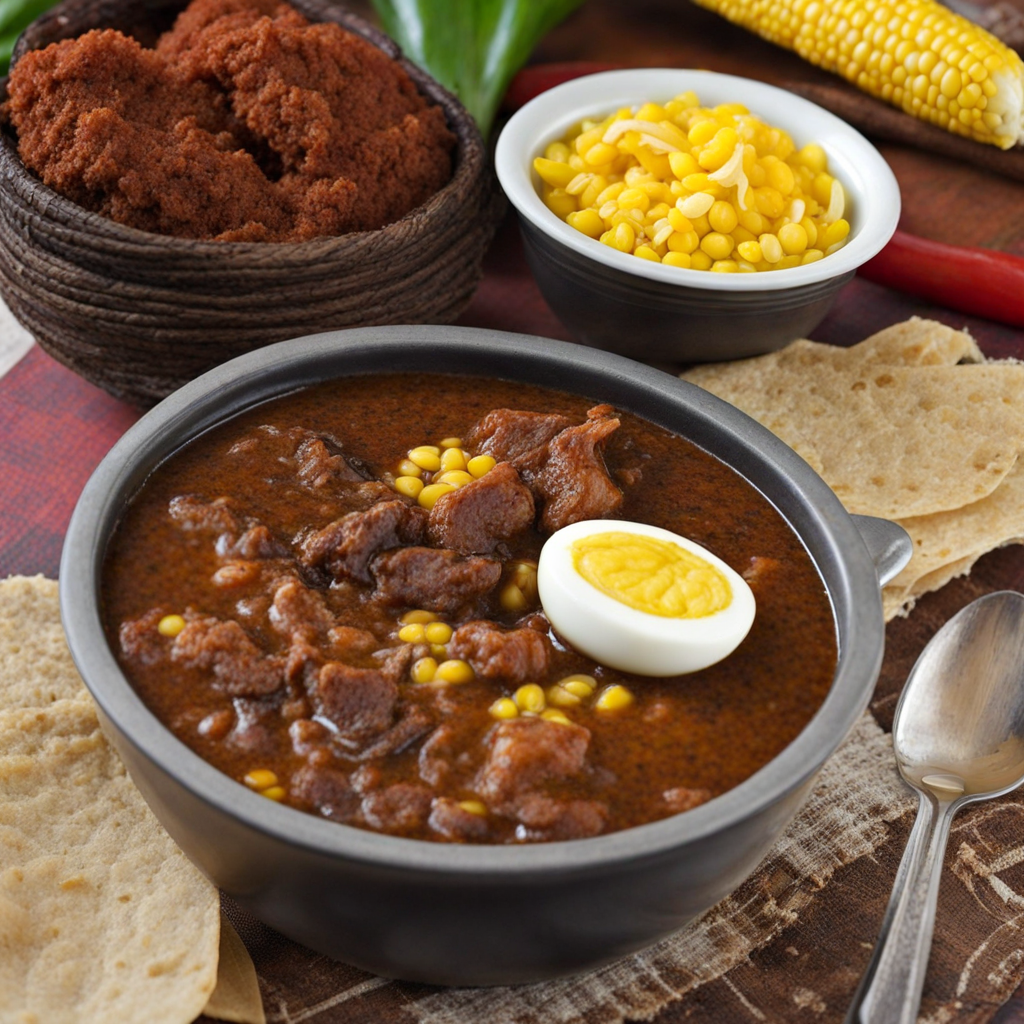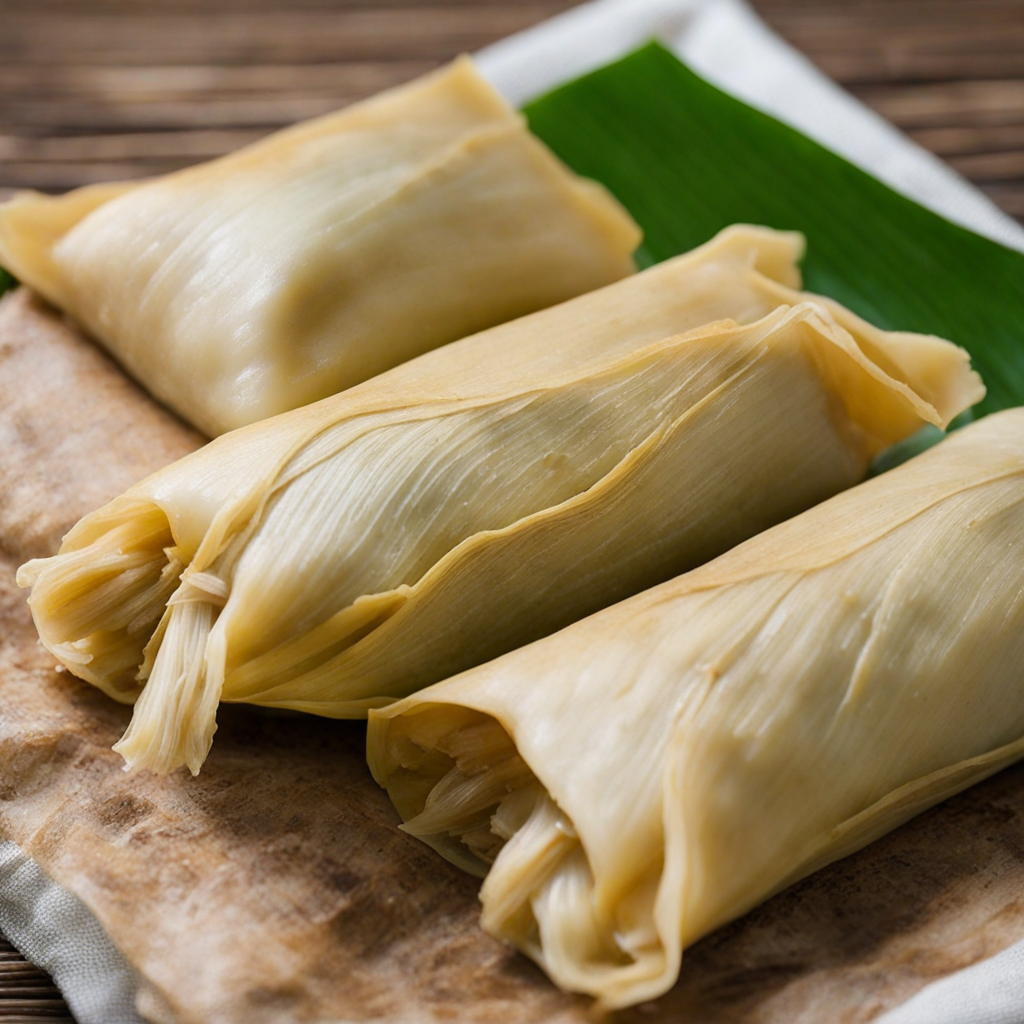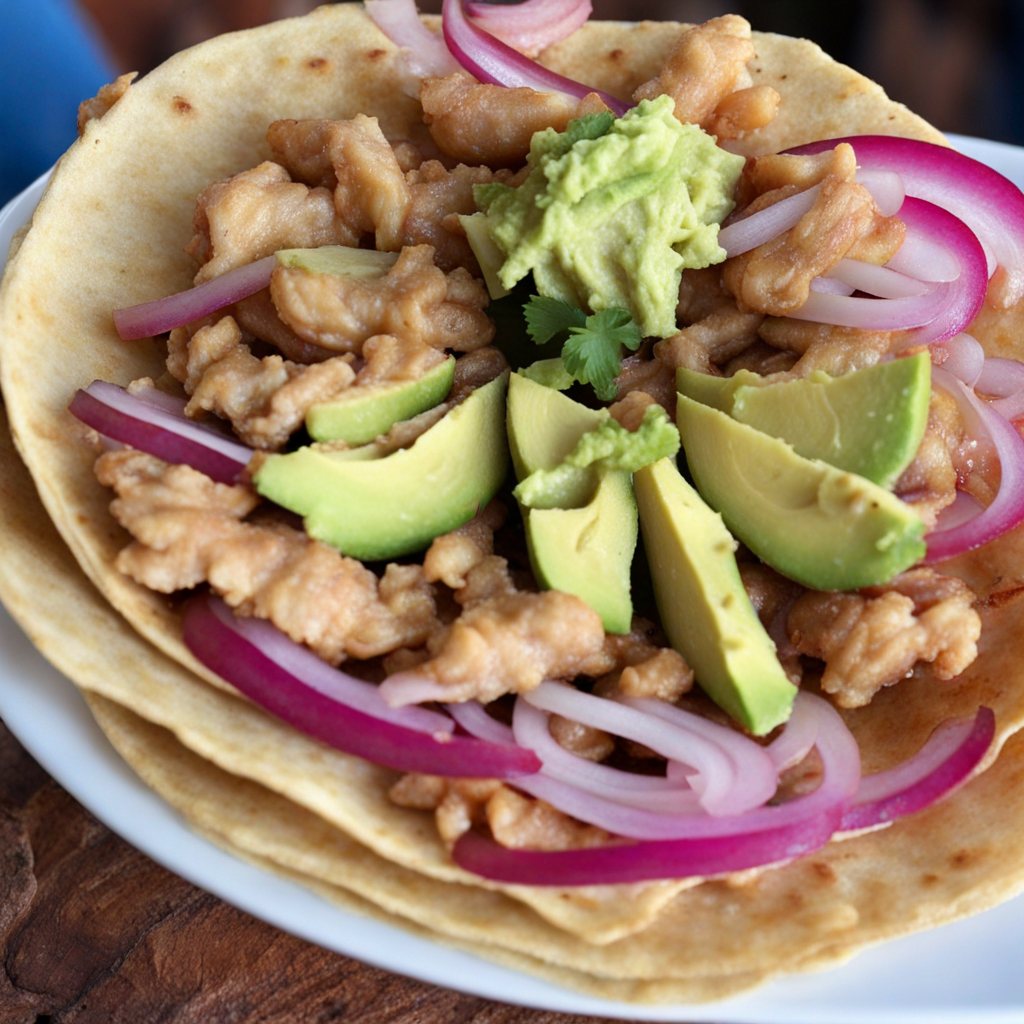Panades
Panades are a delightful Belizean culinary treat that embodies the rich flavors and cultural influences of the region. These savory pastries are made from a dough base that is typically crafted from cornmeal, which gives them a distinct texture and flavor. The dough is rolled out into small discs, filled with a flavorful mixture, and then folded over to create a half-moon shape. Traditionally, they are filled with fish, especially the popular snapper, but variations with beans or chicken can also be found, appealing to a wide range of palates. Once filled, they are deep-fried to golden perfection, resulting in a crispy exterior that provides a satisfying crunch with every bite. The filling is where the magic happens, as it is often seasoned with a blend of spices and herbs that reflect the local Belizean cuisine. Common ingredients include onions, garlic, and various peppers, which add depth and a hint of heat. The fish is usually marinated beforehand to enhance its flavor, making the panades not just a snack but a gourmet experience. Served with a side of tangy hot sauce or a fresh salsa, panades offer a burst of flavor that dances on the taste buds. Panades are not just a food item; they are a beloved part of Belizean culture and are often enjoyed during celebrations, family gatherings, or as a street food favorite. Their versatility means they can be enjoyed as an appetizer, a quick snack, or even as a main dish when served alongside rice and beans. Each bite offers a unique combination of textures and tastes, making panades a must-try for anyone eager to explore the culinary landscape of Belize.
How It Became This Dish
Panades: A Culinary Journey Through Belizean History Introduction Panades are a beloved culinary delight in Belize, a Central American country renowned for its rich cultural tapestry woven from indigenous, African, and European influences. These savory pastries, often filled with fish or meat, encapsulate the essence of Belizean cuisine, showcasing the melding of flavors and traditions that define this unique gastronomic landscape. To truly appreciate panades, it is essential to explore their origins, cultural significance, and the evolution of this dish through time. Origins of Panades The history of panades can be traced back to the indigenous peoples of Mesoamerica, particularly the Maya, who have inhabited the region for thousands of years. The Maya were skilled agriculturalists, cultivating staple crops like corn (maize), beans, and squash. Corn, in particular, was a cornerstone of their diet and culture, often ground into masa (dough) to create various dishes. The concept of filling dough with ingredients is not exclusive to Belize; similar practices can be found in many cultures worldwide. However, in Belize, the panade evolved uniquely, influenced by the diverse ethnic groups that have settled in the region. The arrival of the Spanish in the 16th century introduced new ingredients and cooking techniques, leading to the incorporation of fish and meat into the filling of these doughy parcels. Cultural Significance Panades hold a special place in Belizean culture, often associated with social gatherings, celebrations, and family traditions. They are commonly served at parties, festivals, and even during religious observances. The preparation and consumption of panades are communal activities, bringing families and friends together to share in the culinary experience. The most traditional filling for panades is fish, particularly the local varieties such as snapper or grouper, which reflect Belize's coastal geography and fishing heritage. The fish is typically seasoned with spices, onions, and peppers, then encased in a cornmeal dough and fried until golden brown. This method of preparation not only enhances the flavors but also offers a crispy texture that contrasts beautifully with the tender filling. In addition to fish, other fillings such as chicken, beef, or even vegetarian options have emerged over time, showcasing the adaptability of panades to suit diverse palates. This versatility has made them a staple in Belizean households, where families often pass down their own recipes from generation to generation. Development Over Time As Belizean society evolved, so too did the panade. The country’s independence from British colonial rule in 1981 marked a significant period of cultural revival, where there was renewed interest in traditional foods and practices. The celebration of Belizean identity led to a resurgence of interest in local cuisine, with panades often taking center stage at cultural festivals and events. The rise of tourism in Belize has further influenced the development of panades. As visitors flock to the country to experience its natural beauty and rich heritage, they are often introduced to the flavors of Belize through local dishes. Restaurants and street vendors have embraced the opportunity to showcase panades, leading to variations that appeal to international tastes. Some establishments have even begun to experiment with fusion versions, incorporating ingredients from other culinary traditions while maintaining the essence of the original dish. Despite these changes, traditional methods of making panades have been preserved in many households. Families often gather to prepare large batches, turning the process into a festive occasion. It is not uncommon for Belizeans to host “panade parties,” where friends come together to craft and enjoy these delicious treats, reinforcing community bonds and cultural heritage. Panades Beyond the Plate The significance of panades extends beyond their culinary appeal; they also serve as a symbol of Belizean identity and resilience. The dish is a reminder of the country’s rich history, from its indigenous roots to the amalgamation of cultures that have shaped its present. In a rapidly globalizing world, panades stand as a testament to the importance of preserving culinary traditions that reflect a community's story. In recent years, there has been a growing movement to promote local foodways and sustainability in Belize. Initiatives aimed at supporting local farmers and fishermen have gained traction, emphasizing the importance of using fresh, locally-sourced ingredients in traditional recipes. This focus on sustainability not only enhances the quality of panades but also strengthens the connection between communities and their agricultural practices. Conclusion Panades are more than just a delicious treat; they embody the rich history and cultural significance of Belize. From their indigenous origins to their evolution as a beloved staple in contemporary Belizean cuisine, panades reflect the resilience and adaptability of a nation shaped by diverse influences. As Belize continues to navigate the complexities of globalization, the preservation and celebration of traditional foods like panades remain crucial in fostering a sense of identity and belonging. In every bite of a panade, one can taste the stories of generations past, the joy of community, and the vibrant spirit of Belize. Whether enjoyed at a family gathering, a street market, or a festive celebration, panades will undoubtedly continue to occupy a cherished place in the hearts (and stomachs) of Belizeans and visitors alike, serving as a delicious bridge between the past and the present.
You may like
Discover local flavors from Belize



